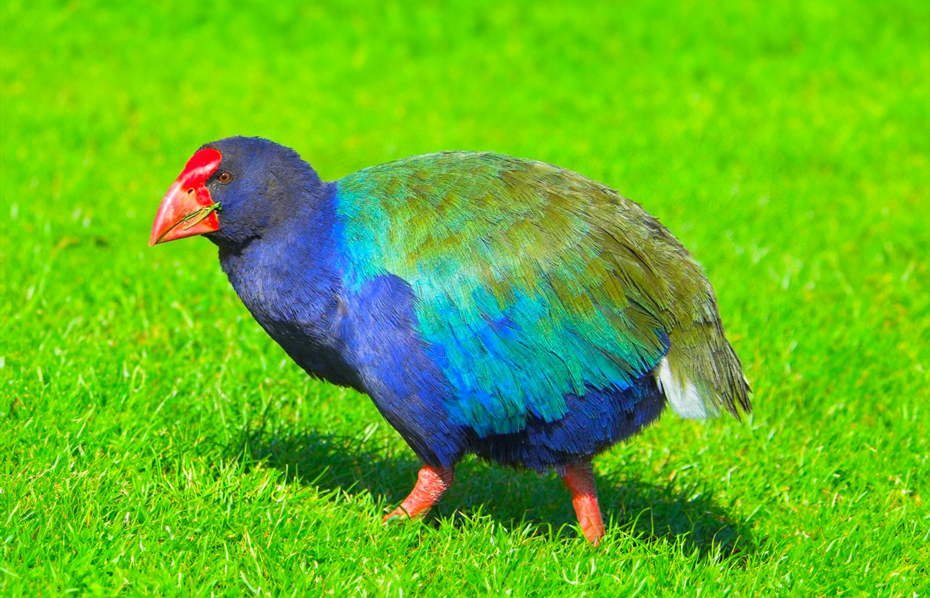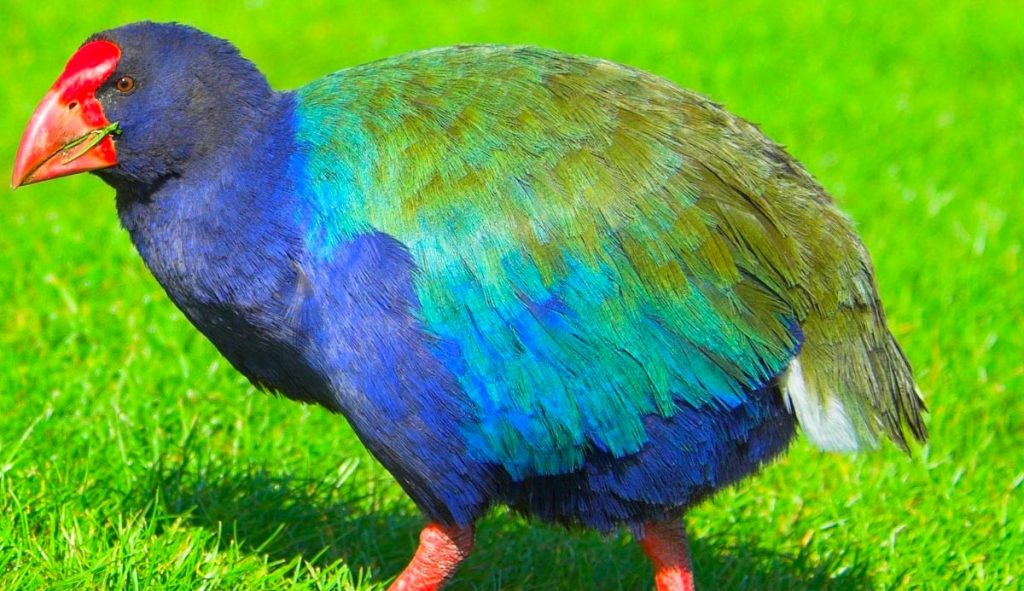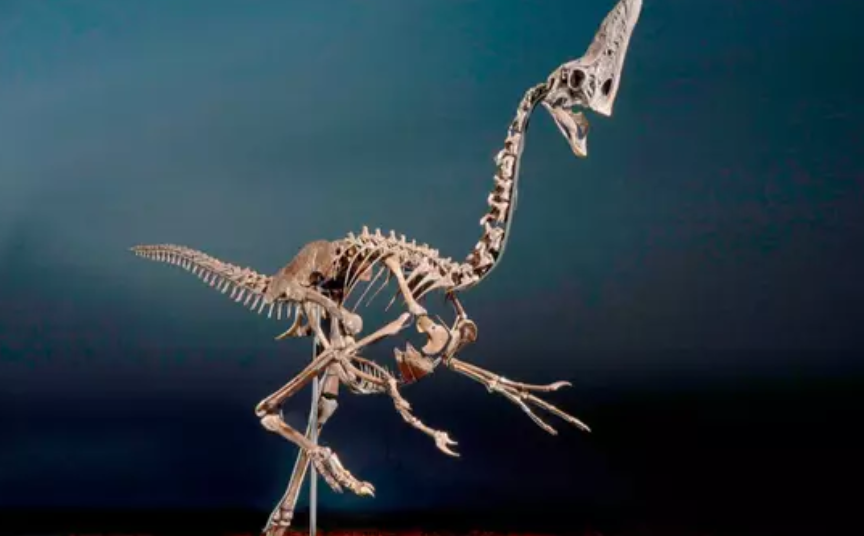Is This Prehistoric Bird Still Alive? – New Zealand Says Yes!

© alfonslopeztena / Twitter
In a world where the T-Rex used to rule the earth, and TikTok did not exist, one feathered superstar has made a dazzling comeback. Welcome to the land of Kiwis, Kākāpōs, and… wait for it… takahēs! These charismatic, prehistoric-looking birds are giving a resounding squawk from the past, reminding us that sometimes, Mother Nature’s sense of humor stretches millions of years!
Although this bird was considered extinct in 1898, New Zealand recently welcomed it back to the wild. Here is the complete story of how this prehistoric bird species is now considered alive and well!
The Story Unfolds
In a heartwarming and significant moment for conservation efforts, 87-year-old Tā Tipene O’Regan recently witnessed a “miracle”. O’Regan witnessed the release of 18 takahē birds into New Zealand’s Lake Whakatipu Waimāori valley. These vibrant, flightless birds, once believed extinct, hold deep cultural significance for the Ngāi Tahu tribe. The main reason is that they fought for their return to their ancestral lands.

Takahē Bird Species
Takahē are a unique species, standing at around 50 cm tall and resembling prehistoric creatures with their spherical bodies, blue-green plumage, and striking red legs. They have a fascinating history dating back to prehistoric times when New Zealand lacked native land mammals.
Despite being formally declared extinct in 1898 due to the introduction of predators by European settlers, takahē was then rediscovered in 1948. Conservationists worked tirelessly, even raising chicks with sock puppets mimicking the birds’ beaks to keep the birds alive. Today, their population stands at around 500, growing at an impressive 8% annually.
Why Protection and Conservation is Important
Conservation efforts involve trapping predators like stoats, ferrets, and feral cats to protect these rare birds. The recent release of takahē pairs is a hopeful step toward establishing more wild populations. This has also allowed the creation of plans to release additional birds in the future.
New Zealand’s commitment to protecting its unique, threatened bird species extends beyond takahē. The country is working to eradicate introduced predators like rats, possums, and stoats by 2050. This would allow rare species like kiwi to be reintroduced to the wild.
The return of takahē to the wild represents a triumph for both conservationists and indigenous communities, reaffirming the importance of preserving these extraordinary avian wonders.
The resurrection of the takahē is a testament to the indomitable spirit of conservation in New Zealand. It’s a story that inspires hope for our planet’s fragile ecosystems and celebrates the vibrant tapestry of life that surrounds us. What are your thoughts on this prehistoric bird’s triumphant return?


